Some Minneapolis City Council members are pushing to shut down one of the largest trash incinerators in Hennepin County over concerns about air pollution.
The Hennepin Energy Recovery Center (HERC) incinerates all trash collected in Minneapolis and surrounding suburban areas in Hennepin County to generate electricity. The HERC produces electricity for nearly 25,000 homes in the county, according to Hennepin County.
There will be a public hearing on Thursday for any comments from the community about the directive. The City Council will vote for the legislative directive on Oct. 17.
The City Council members in favor of the closure legislative directive aim to permanently shut down the HERC’s incinerator by 2027 and close the facility by 2033. Minneapolis City Council President Elliott Payne (Ward 1) said the directive is meant to be the catalyst for the HERC closure and further movement to a zero-waste future.
According to Payne, shutting down the HERC will help add pressure to make the change to a zero-waste future.
Opened in 1989, the HERC ranks 31st in Minnesota’s largest polluters of greenhouse gas emissions, according to 2022 data from the U.S. Environmental Protection Agency. The HERC emits large amounts of gasses which can exacerbate respiratory conditions.
The HERC emitted nearly 170,000 metric tons of gasses such as carbon dioxide, methane, nitrous oxide and biogenic carbon dioxide in 2022, according to the U.S. Environmental Protection Agency.
The legislative directive focuses on the HERC’s disproportionate health impacts on Black and Indigenous residents located in north Minneapolis. Around 230,000 people live within three miles of the HERC and experience an increased likelihood of asthma, cancer, and heart and lung disease, according to the directive.
Payne said shutting down the HERC is important because of its impact on people of color and low-income communities in and around north Minneapolis. Payne said he would like the city to recognize the past harm done to these communities and repair them.
“Institutionally, it’s the people who have the least amount of power who ultimately end up having to pay the highest price to some of these types of practices,” Payne said.
The directive aligns with the City’s 22-step 2040 plan to reduce and properly dispose of waste to lower climate pollution and carbon emissions outlined in their Climate Equity Plan. The directive also highlighted the 2020 Clean Energy Bill removal of the HERC as a renewable energy source.
Council Member Robin Wonsley (Ward 2), a co-author of the directive, said in a statement to the Minnesota Daily that reducing waste and closing the HERC is necessary to meet the city’s commitments around climate equity.
“I’m proud to co-author the HERC Closure Resolution because there is a strong movement of diverse working-class residents across the city who have made it clear that this is an environmental justice priority,” Wonsley said in the statement.
Payne said this directive helps continue the shared accountability and partnership between the city and the county when it comes to solutions to waste management. Payne added that although the city can not force the HERC to close, it demonstrates some city leadership and commitment toward managing sources of waste.
“This has got to be a partnership,” Payne said. “The city has to play its role as well as a generator of that waste.”
While the directive is not legally binding, the directive aligns with Hennepin County’s environmental goals.
Hennepin County passed a resolution in February 2024 with zero-waste recommendations that will help slowly close the HERC. Many recommendations require legislation like requiring producers to expand recycling methods and securing funding for zero-waste initiatives.
Hennepin County spokesperson Carolyn Marinan said in a statement to the Minnesota Daily that the HERC is operated to minimize pollution and ensure that air is emitted under permit-set limits. Marinan said the county is accelerating the HERC’s closure by advancing zero-waste actions.
“We welcome working more closely with the City of Minneapolis and a coalition of additional cities, businesses, residents, and lawmakers prioritizing the needed policy, programmatic and infrastructure changes to realize a zero-waste future,” Marinan said in the statement.
Hennepin County’s resolutions include the complete closure of the HERC and transition into a zero-waste model to stretch between 2028 to 2040, according to the county’s 2024 legislative priorities.
Health impacts of the HERC
Peter Raynor, a professor at the School of Public Health, said it is difficult to know the exact health consequences of the HERC on the surrounding community because there are always various air pollutants from many sources. Raynor said vehicle exhaust and other industrial sites also harm the air.
“Their concerns with the HERC are valid,” Raynor said. “There’s many other sources too that we should be concerned about.”
Raynor said the pollution from the HERC and other sources does not necessarily create negative health effects but exacerbates pre-existing ones.
“The concentrations we see are unlikely to, by themselves, cause asthma or cause cancer, but it could worsen other conditions, like if people have underlying cardiovascular disease, heart disease or other respiratory problems,” Raynor said.
Pollution can also impact people differently based on age and ethnicity, Raynor said.
Raynor said because of the large amount of trash the HERC burns, separating certain waste from being burned in hopes less toxins emitted would likely not noticeably affect air quality. The only dramatic change to lower air pollution would be burning less trash, Raynor said.
Payne said it’s important to highlight the negative health impacts on north Minneapolis when discussing why the HERC should be permanently closed.
“It’s just a demonstration of why it’s so important for us to do this,” Payne said. “It’s just a morally correct thing to do.”


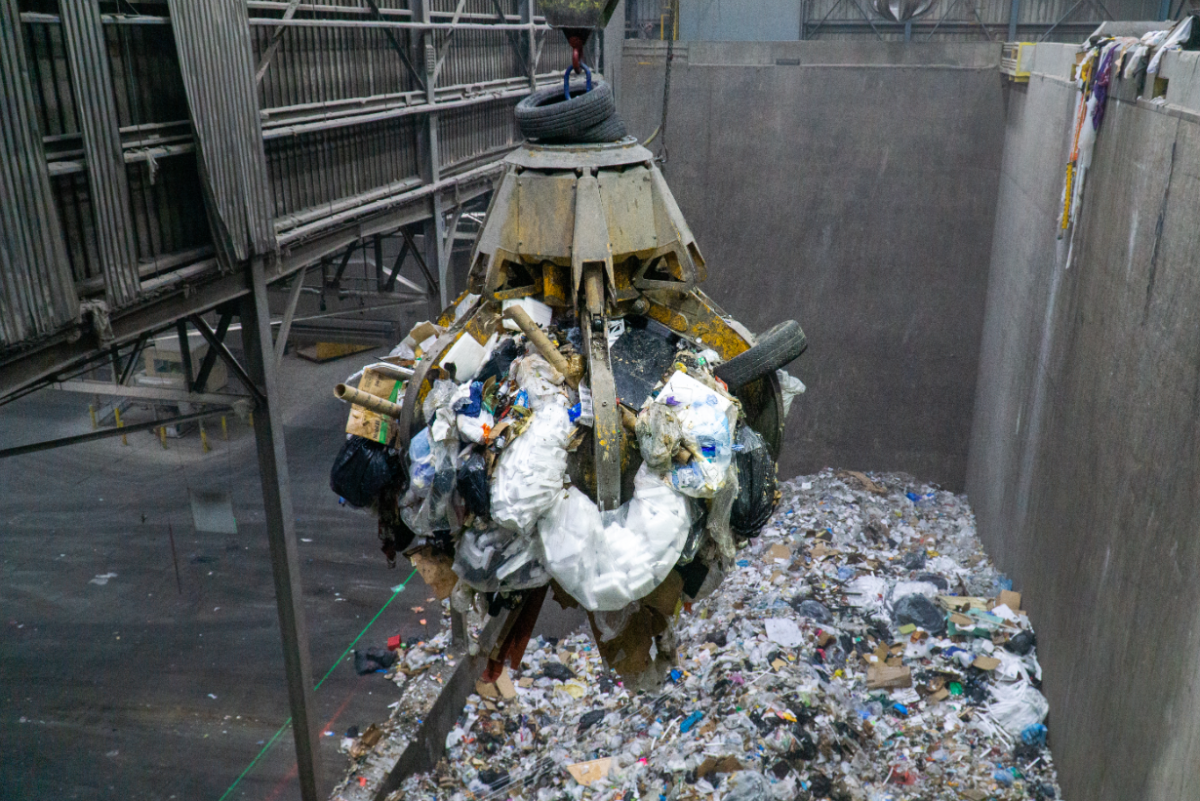
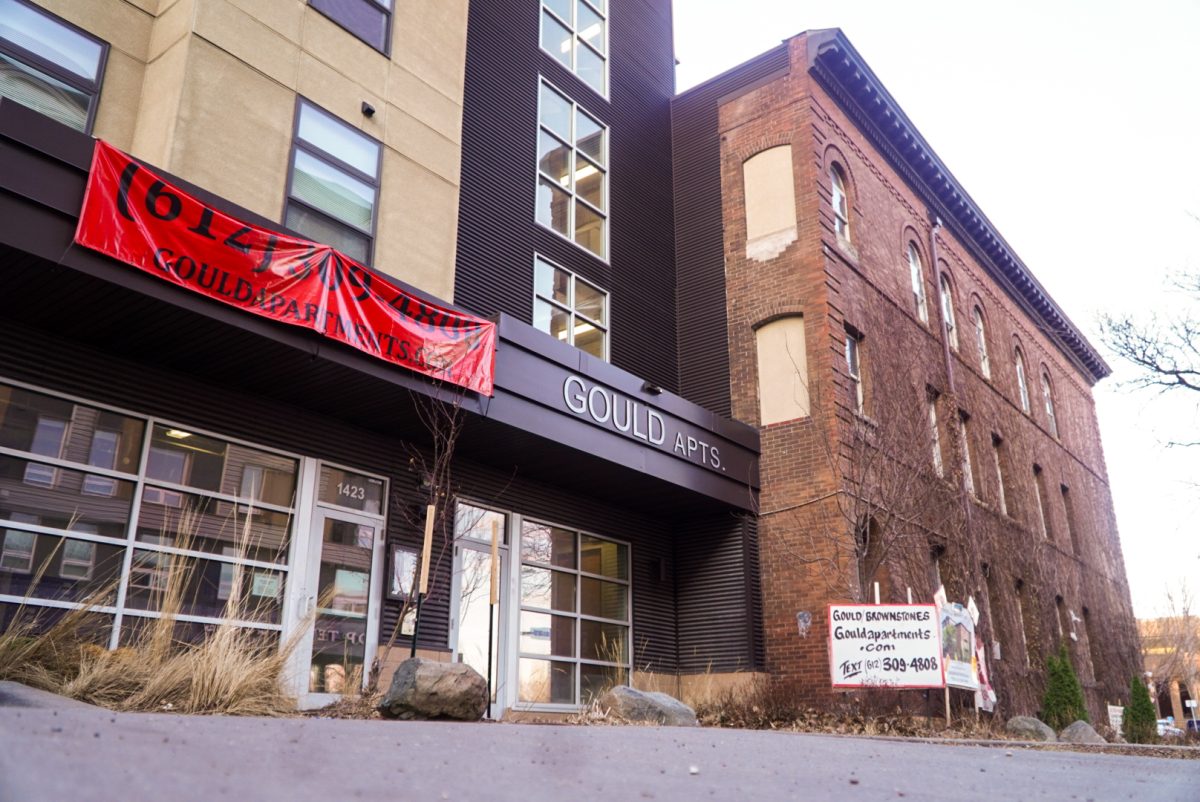
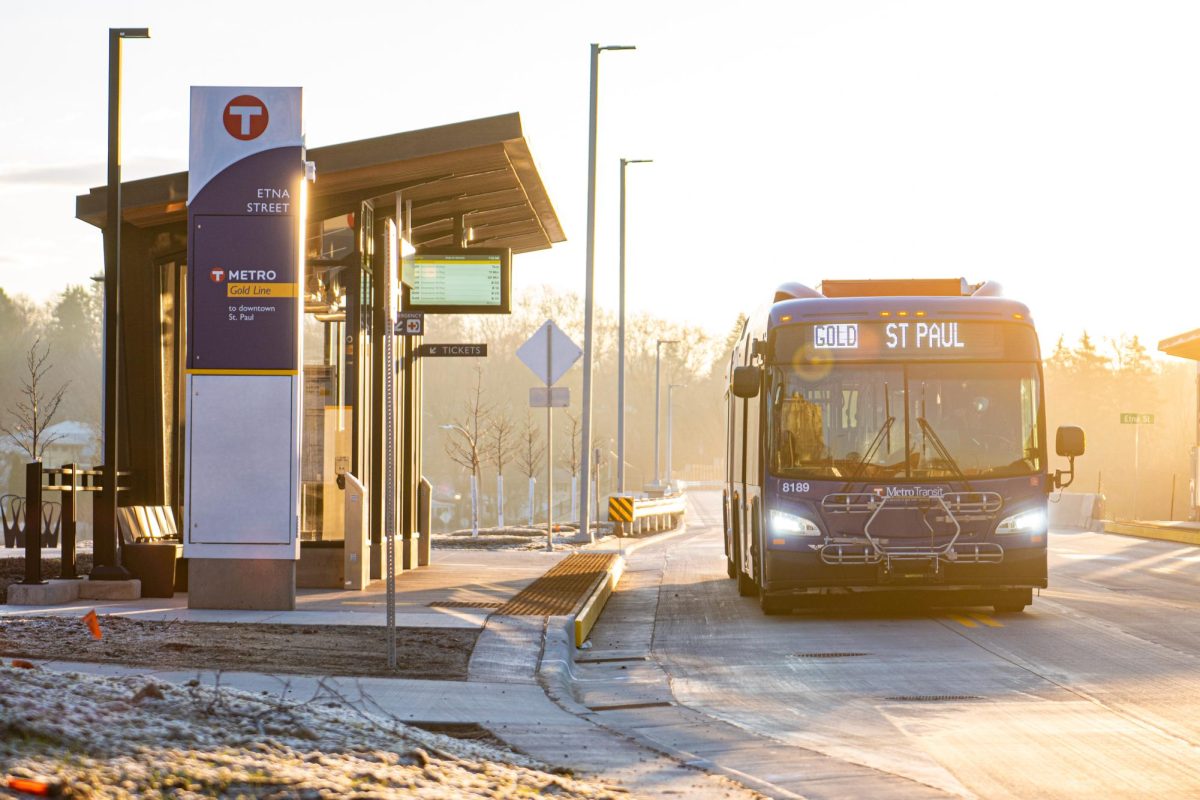


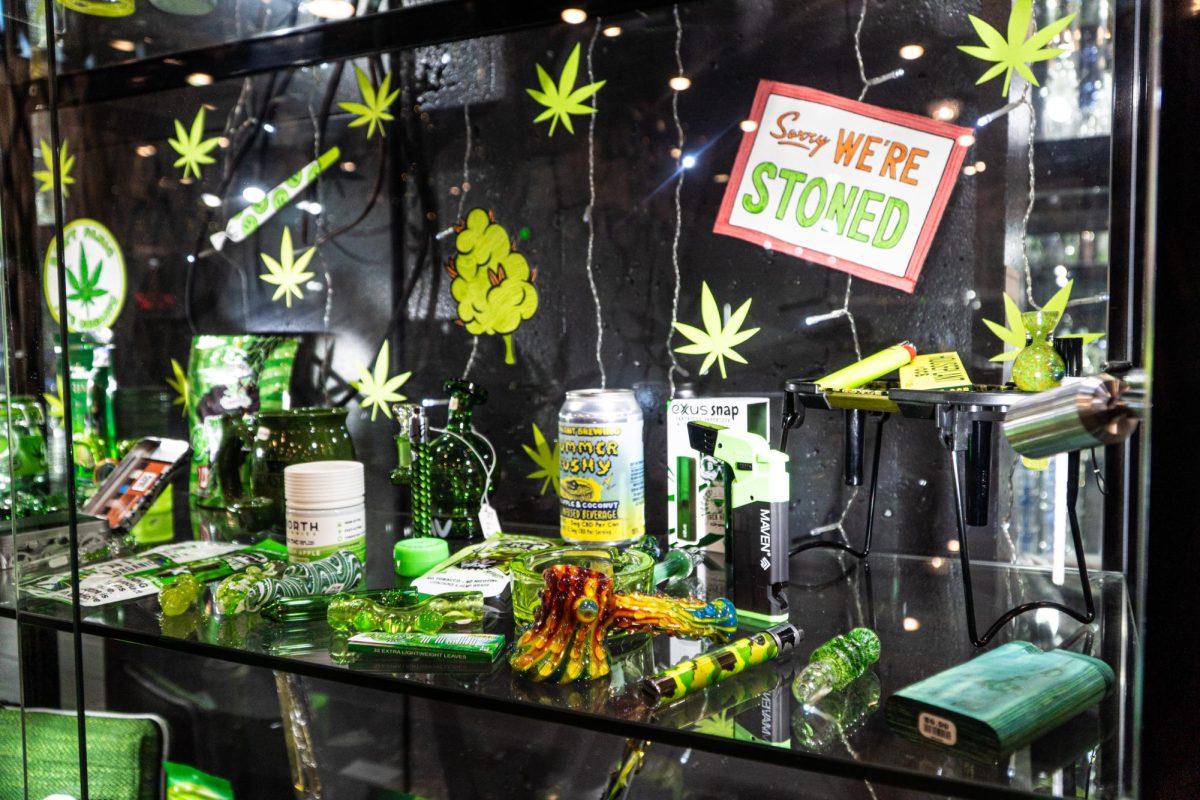

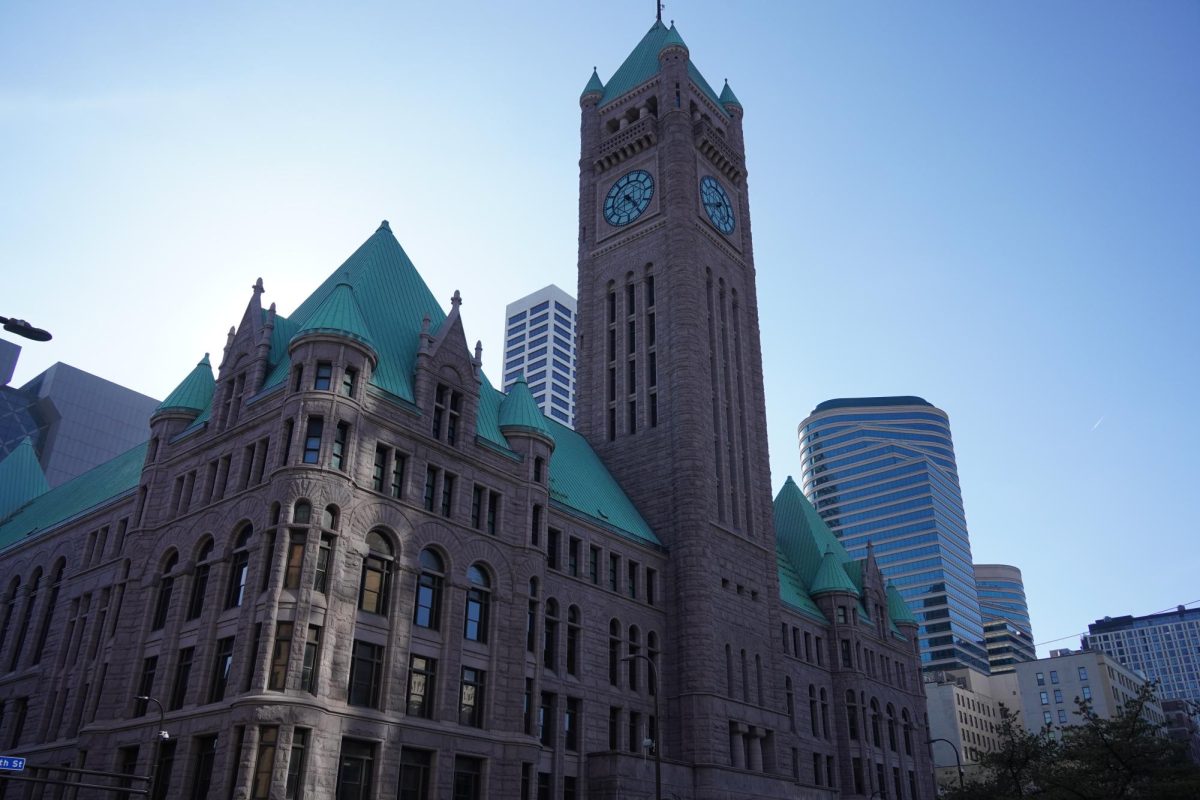


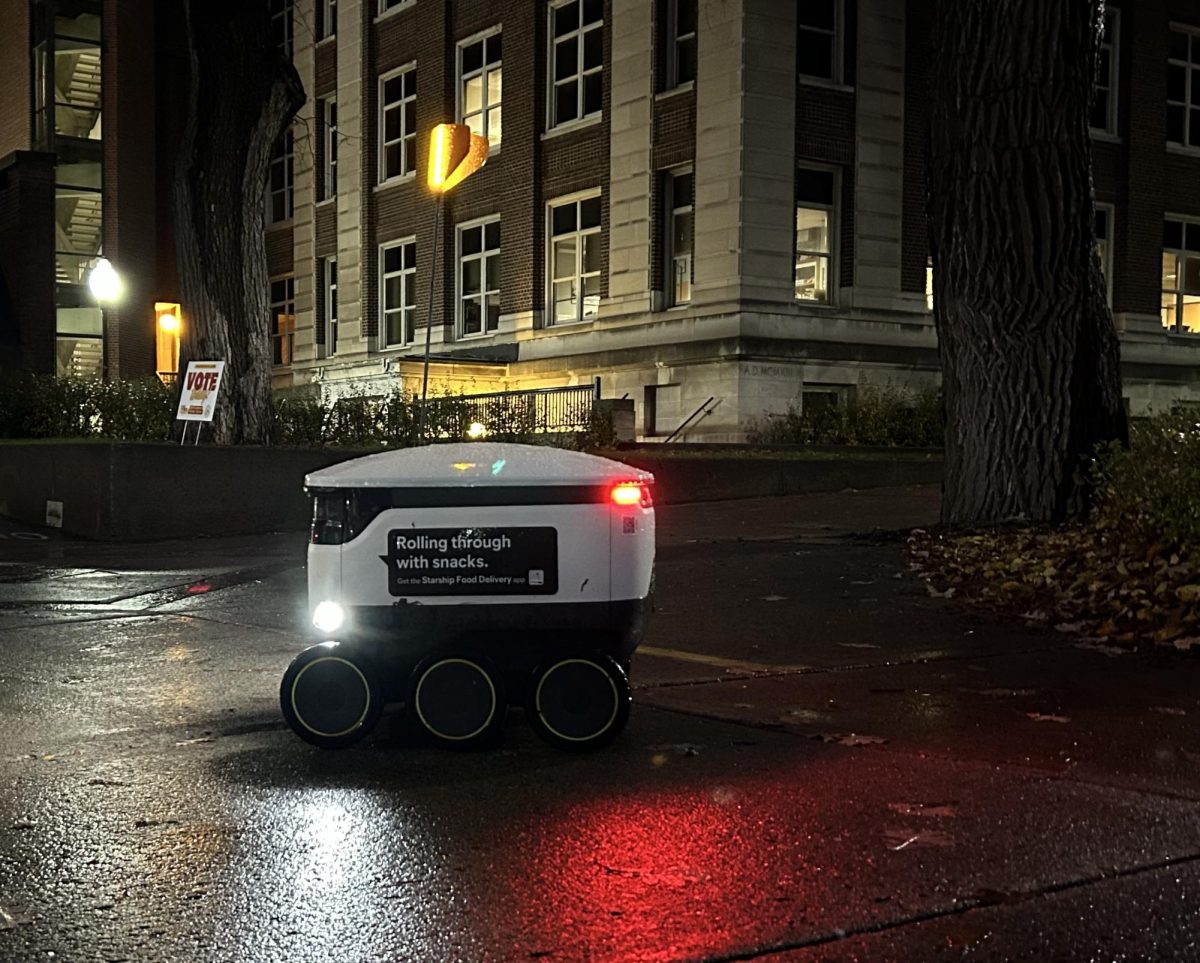


Leslie Davis
Oct 12, 2024 at 3:46 am
When I fought the HERC in the ’80’s is was because the dioxin and mercury emissions would enter the air intakes of the downtown tall buildings. With the prevailing winds from the northwest, most of the time, I didn’t think it was that big a problem for North Minneapolis. My adviisor, as the President of Earth Protector, Inc. was Mr. Watson, a well-known expert meteorologist. At that time HERC had big time promoters and supporters like Henn. Comms. Mark Anrew and Jeff Spartz, Mr. Sierra Club honoree attorney Charles K. Dayton, Mr. Money Bags Canadian banker Sam Kaplan, Audubon Society Janet Green, Lawyer Marcia Gelpe, and many more. They were all paid off in one way or another and my little Earth Protector organization was not able to over-ride their support with facts.
This day Earth Protector is focused on the virus, covid hoax which shoujld be of greater concern to North Minneapolis people than HERC.
Trashy McTrasher
Oct 10, 2024 at 2:51 pm
It is fine to have goals. Before you close the HERC you need to have a plan on where those tons will go. Saying zero waste is not a realistic plan. At least not in the foreseeable future. Closing the HERC prematurely means transporting those tons further, at increased cost, which means increased costs to consumers. It also means transporting waste out of state which places Minnesota’s waste burden on someone else. We need to be smart and make sure any move that is made is steeped in realism.
UMN1
Oct 10, 2024 at 1:47 pm
HERC plant is a win-win. Generates cheap electricity for the city, generates heat (steam) for the North Loop, generates revenue from selling byproducts not burned all while eliminating 1/2 of Hennepin County’s trash. Good luck finding a place to landfill it in Hennepin County. I can’t imagine other counties or even cities within Hennepin County are going to approve landfill. The HERC only produces 0.2% of the air pollution in Hennepin County. Most come from vehicles. “North Minneapolis” west and north of this plant. Weather patterns mostly push air to the south and east in the Twin Cities. If anything, people living downtown should be more concerned than north Minneapolis…. but they aren’t typically poor and people of color, so it doesn’t fit the agenda to shut down the plant.
Keith Byerly
Oct 10, 2024 at 1:07 pm
It is important to look at all sources of pollution in the general area. If you shut down one source, what are the impacts? Zero generation is a noteworthy goal, but in what time frame and how practical? Materials landfilled will generate methane. Methane is a more potent climate change chemical than carbon dioxide. Changes need to be carefully considered.